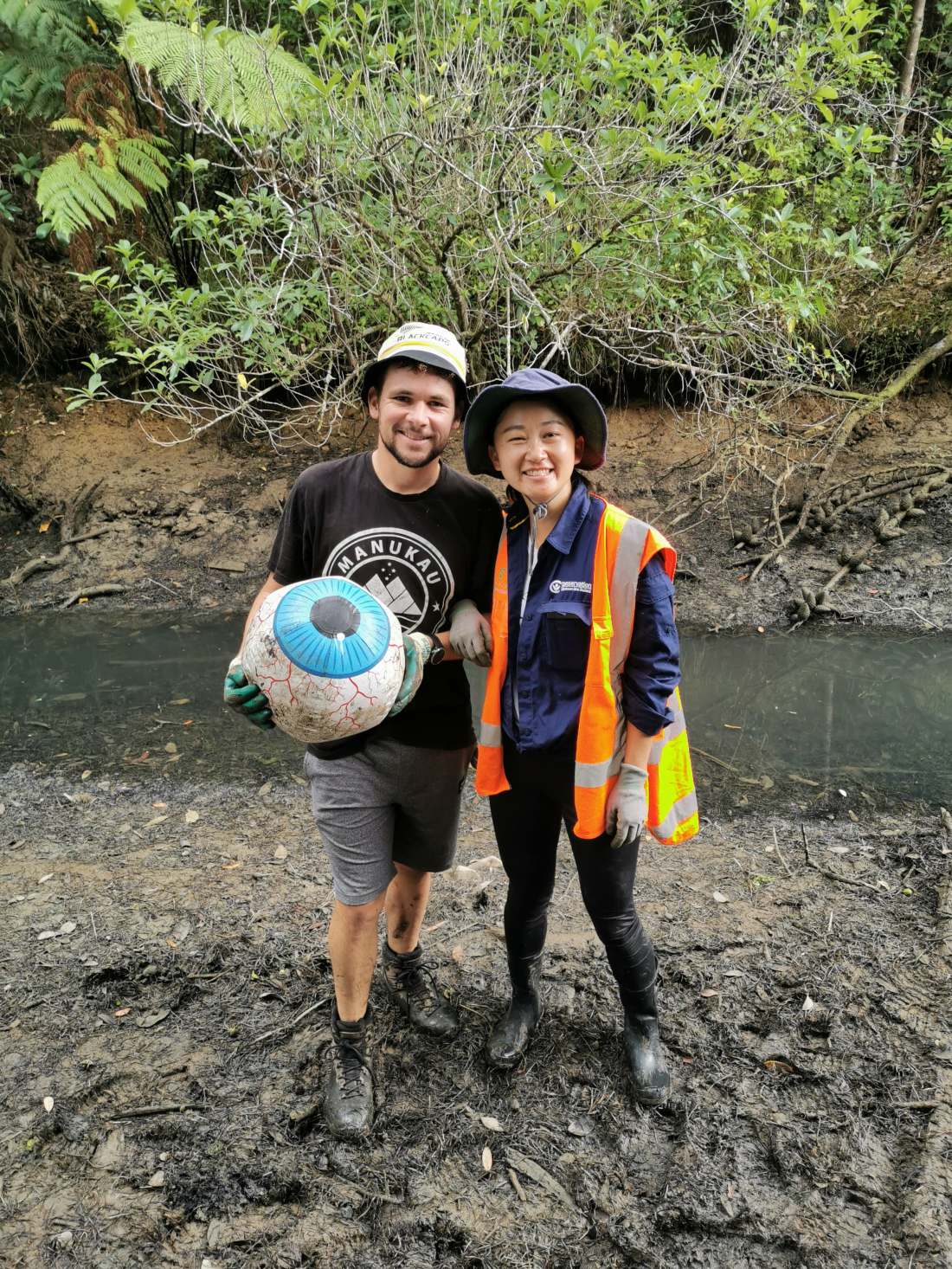General / assigned roles update
- Weed Management Political Advisory Group:
- The first meeting of the group this year was held online on the 26th of October. Topics covered included:
- Reducing herbicide use through biological control such as beetles increased trade inspections to prevent the sale of weedy species and eradicate low-incidence species in Auckland.
- An update on the timeframe for standardising weed control methodology. This was planned for next year but has now been delayed into the next term. An analysis framework was provided looking at the different options for treating weeds in the road corridor, with Organic Herbicide coming out on top, but with questions around the weighting of different criteria still needing to be answered.
- The first meeting of the group this year was held online on the 26th of October. Topics covered included:
- Transport portfolio:
- “Stage 1” of the Greenways project from Frost Road through to Monte Cecilia was completed, focusing on the stretch of Britton Avenue from Frost Road through to Dornwell Road. We are now waiting for the next stage to be confirmed, and have asked for signage to be included as part of the works.
- Auckland Transport and the Governing Body approved a $3 Million package over three years called Regional Streets for People. Our board is working on an expression of interest based on increasing active transport use to get to schools, focused on our excellent greenway network.
- It was good to see Dominion Road resurfaced for a stretch. Sadly the footpaths remain in poor condition. This financial year there has been extra money set aside in the Auckland Transport budget to improve footpaths, and I look forward to seeing the list for our area.
- The long awaited Arundel Street roundabout works began this month, addressing community concerns around speeding traffic at this local intersection.
- Manukau Harbour Forum:
- The forum met on the 8th October for a workshop and meeting. Topics covered included:
- An update on the Freshwater management model – a very exciting tool which models the water quality of Auckland’s freshwater rivers. This will allow for a more accurate representation of water quality, including the possible ability for something similar to the safeswim program to be implemented for some swimming spots.
- An update on the Onehunga Wharf plans from Panuku. There are some very exciting ideas being talked about, but it is all at a very early stage.
- An update on the South West Wastewater project being undertaken by Watercare currently.
- At the business meeting, Jim Jackson gave us a great update on the progress of the community-led Clarks Beach Public Wharf proposal. Jim has done a lot of great work around the harbour and this latest piece of work will improve recreational and commercial access to the harbour.
- The forum met on the 8th October for a workshop and meeting. Topics covered included:
Meetings / events attended
n.b – for this month, all meetings were held online either on Skype or MS Teams.
- 1st October – Local Board members’ briefing on proposals for Waste in the 22/23 Financial Year.
- 4th October – Local Board members’ briefing on the “Managing our Wetlands” legislation change proposal by central Government.
- 5th October – Regional Streets for People Expression of Interest meeting hosted by Auckland Transport.
- 6th October – Meeting with Community Facilities and Chair Fairey.
- 6th October – Meeting with Local Board advisors and Chair Fairey.
- 7th October – Puketāpapa Local Board workshop.
- 8th October – Manukau Harbour Forum workshop and business meeting.
- 8th October – Regional Streets for People discussion with community members and staff.
- 11th October – Local Board Chairs Forum
- 12th October – Briefing on the Covid Situation in Tāmaki Makaurau.
- 13th October – Finance and Performance Committee workshop
- 13th October – Meeting with Local Board advisors and Chair Fairey.
- 14th October – Puketāpapa Local Board workshop.
- 19th October – Briefing on the Covid Situation in Tāmaki Makaurau.
- 19th October – Meeting regarding Regional Streets for People.
- 19th October – Meeting with Puketāpapa Business Voice.
- 20th October– Catch up with advisors and Chair Fairey.
- 20th October – Finance and Performance Committee workshop
- 21st October – Puketāpapa Local Board Business Meeting.
- 21st October – Puketāpapa Local Board workshop.
- 26th October – Briefing on the Covid Situation in Tāmaki Makaurau.
- 26th October – Weed Management Political Advisory Group meeting.
- 27th October – Meeting with Chair Fairey and the Local Area Manager
- 27th October – Finance and Performance Committee workshop
- 28th October – Puketāpapa Local Board workshop.
- 28th October – Integrated Area Plan meeting via SKYPE.
Disclosures
- I am working with Friends of Wairaki stream in an admin role and will excuse myself from any decision making relating to this group.
- I am a volunteer run director at Owairaka parkrun.

